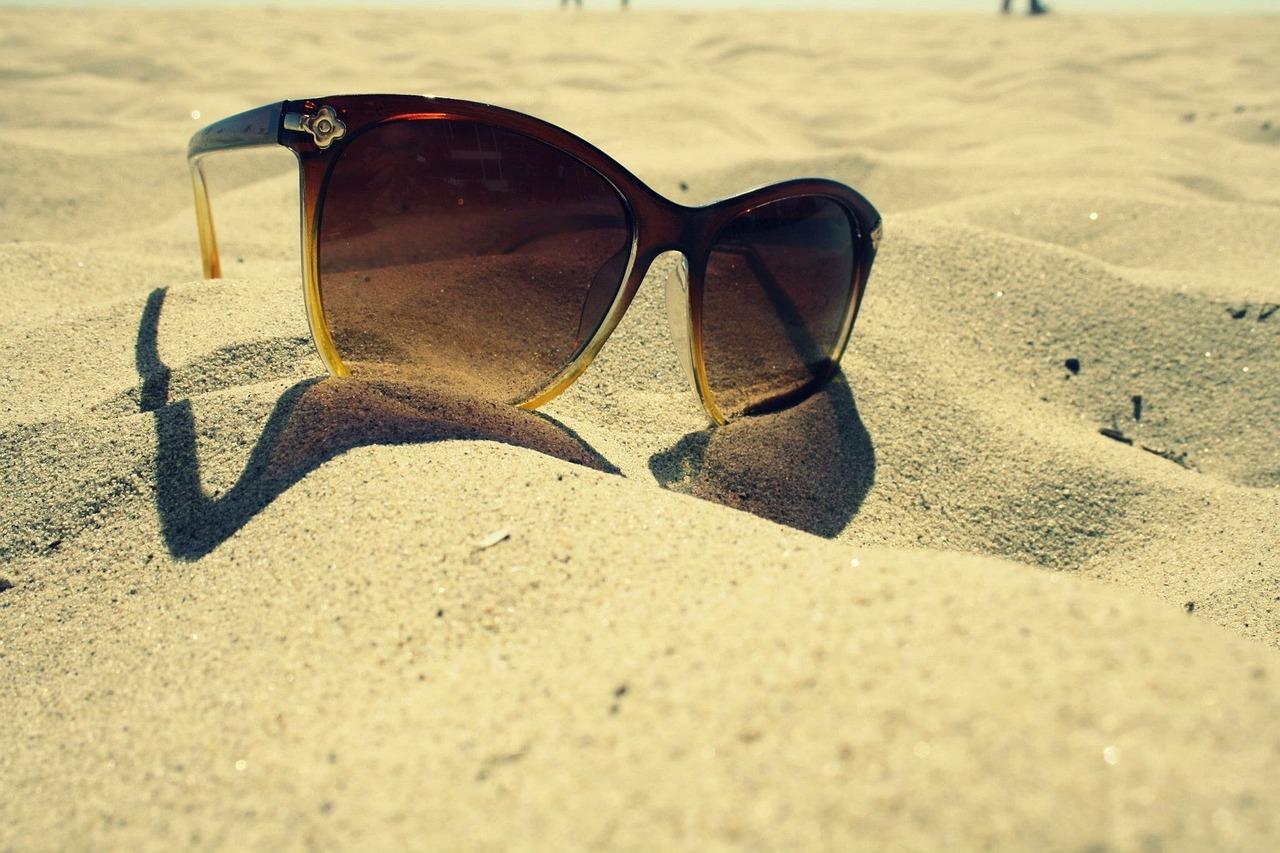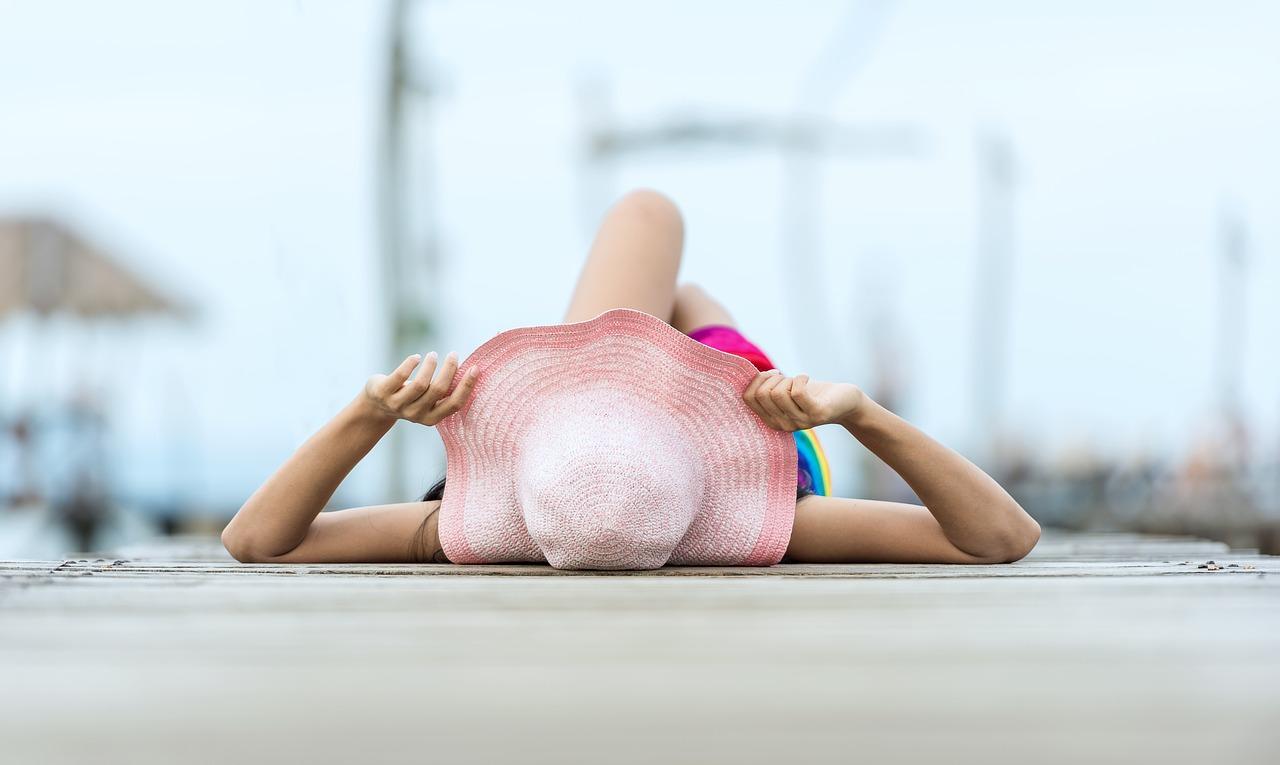
Melanoma - the most dangerous of skin cancers. In the world each year there are over 130,000 new cases and unfortunately this number is growing every year. What's worse, very often patients report to the doctor too late, i.e. when the disease is already very advanced and the chances of recovery are very low. Meanwhile, early melanoma is completely curable. That is why I would like to draw your attention to how dangerous melanoma can be for each of us and how we can minimize the risk of developing this type of skin cancer.
Melanoma is characterized by great aggressiveness, and at an advanced stage, when we are dealing with numerous metastases, its treatment is very difficult and unfortunately often ineffective. It is derived from pigmented cells - melanocytes, and although in most cases it is recognized on the skin, it also happens to occur on mucous membranes or inside the eyeball, i.e. wherever melanocytes are found.

When does the risk increase?
Melanoma does not apply only to the elderly. More and more cases are reported in women and men after 20 years of age. Very often, this disease is the result of sunburns during childhood. In the increased risk group there are also people with fair skin, blue, gray or green eyes and light blond or red hair. All those who have on their skin numerous pigmentation changes and so-called atypical, i.e. those that differ in shape and pigmentation. People who are related to someone who has had this type of cancer are also more likely to get sick. Above all, however, the risk of developing skin melanoma increases as a result of excessive skin exposure to UV radiation.
It is better to prevent
"Prevention is better than cure" these simple, but very wise words probably everyone knows, unfortunately not everyone can comply with them. That is why it is so important to build awareness among all people, both those who are at risk and those who are theoretically less at risk of falling ill. Unfortunately, not everyone knows that many diseases that ended prematurely could be avoided, sometimes just simply start with yourself. This is also the case with melanoma. So we should give up the solarium and avoid excessive sun exposure. However, do not exaggerate and do not hide at home as soon as we see that the weather is beautiful outside, we need the sun very much. The point is that we give up sunbathing or long walks when it shines most intensively. It is also very important to protect our skin, i.e. creams with high filters that we should use every day. Remember that the sun acts on our skin even when the weather does not indicate it, even 80% of radiation harmful to us can penetrate the clouds. You must also be aware of the fact that no cream will protect you 100%, it is not enough to apply it to the skin 1 throughout the day to keep the cosmetic working, such a procedure must be repeated every few hours.
It is also very important to wear glasses equipped with special filters and umbrellas, baseball caps and hats, which on sunny days also have a very important protective function. Take care of the youngest, don't forget that the sunburn they will experience as children can contribute to future illness.

Watch and react. Melanoma usually develops from changes that are already on our skin, very rarely occurs where it is completely smooth. Because most often, because in 90% of cases it is located on the surface of the skin, changes that disturb us can be seen even with the naked eye. So a very important element of prevention is the so-called self-examination. Try to regularly look at your skin, and if anything catches your attention, e.g. a change in the color or shape of the birthmark, as well as the sudden appearance of several new pigmented lesions, immediately report to a specialist who will look at everything very carefully and, if necessary, order additional will test and make the right diagnosis. Don't be afraid, early melanoma is treatable.
ABCDE
This time it is not a collection of vitamins necessary for your health. Under these letters is a very important rule in the melanoma detection process. If you know and remember her, it will be much easier for you to observe your body. From now on you will know what to look for and what changes can be worrying.
"A" like Asymmetry, any suspected change with an asymmetrical, uneven shape that is significantly different from "ordinary" moles is suspected.
"B" like Borders, the edges of changes that should cause our anxiety, and certainly make us visit a dermatologist are jagged, uneven, with various types of swelling.
"C" as color, that is, all changes in color and uneven distribution of the dye visible on the birthmark.
"D" like Diameter and Dynamics, i.e. the dynamics of morphological changes and the diameter of the change, if it exceeds 6 mm, should arouse our interest and be viewed by a dermatologist.
"E" as Evolution, i.e. any change that quickly changes its shape, color, diameter, and also begins to protrude above the surface of the skin.

Remember also that any discomfort you feel in the place where the birthmark is found, e.g. itching, burning, pain or bleeding are also an indication for urgent visit to the doctor and further diagnostics.
Melanoma attacks without warning and unfortunately also very quietly kills. Ailments that impede our functioning or are such a clear discomfort for us that they begin to cause anxiety, unfortunately they appear when the disease is already at an advanced stage and the prognosis is bad. Very often, however, before this happens, a lot of time must pass, therefore our so-called oncological alertness. Pay attention to what your birthmarks look like, even if in your eyes they are just harmless peppers, watch them carefully and consult any disturbing change with a specialist. However, self-examination is not everything, once a year your skin should be thoroughly examined by a dermatologist, and if you are at risk, this check-up should take place every six months. Remember also about protection against sun rays and in no case do not use the solarium. Melanoma is a cancer that, despite the progress of medicine, is still killing a lot of patients, but remember that each of us can change that.
